“The fact is that given the challenges we face, education doesn’t need to be reformed — it needs to be transformed. The key to this transformation is not to standardize education, but to personalize it, to build achievement on discovering the individual talents of each child, to put students in an environment where they want to learn and where they can naturally discover their true passions.” ―Sir Ken Robinson
Learning Environment ➡️ Learning Spaces ➡️ Micro Learning Spaces
At D&D Learning Spaces we listen to educators. As K-12 education moves forward in the 21st century we want to embrace Mr. Robinson’s vision to collaborate with schools “to put students in an environment where they want to learn.” We want our education clients to view us as a partner, not a vendor selling tables and chairs to a school from a catalog or online shopping cart.
In the big picture, a school is a holistic learning environment. Ideally, all the moving people and parts from: students, parents, staff, programs, curriculum, grade levels, materials, resources, furniture and technology should all be coordinated together for student achievement and their well-being. Our philosophy as a furniture and technology vendor and systems integrator is to work with on-site and district staff to create solutions that help accomplish a school’s larger goals.
Learning Spaces ➡️ Micro Learning Spaces
Traditionally:
• a classroom is a place where students are taught;
• a library is a place to research, read or study;
• a lab is a place for hands-on learning activities;
• a studio is a place where things or performances are created.
As 21st century learning and teaching practices embrace the Common Core State Standards (CCSS) and, Next Generation Science Standards (NGSS), the pedagogical change from teacher-centered learning to student-centered learning is also changing the physical spaces at school. Here, the physical learning space itself plays a key role in our students mental and physical well-being and becomes embedded with a school’s overall social and emotional learning plans.
Traditional learning spaces designed with a singular purpose are transformed to multi-purpose learning spaces. This transformation from 20th-century to 21st-century learning spaces uses a new lexicon to describe the metamorphosis from –
1. Classroom to Learning Studio
2. Library to Learning Commons
3. Lab to Makerspace
➡️ Micro Learning Spaces
Traditional learning spaces now take on a more eclectic function. From whole class instruction, the learning space becomes ‘flexible’ by using mobile and modular furniture and technology. I call these ‘micro learning spaces’ because they are either smaller fixed areas or in-the-moment spaces setup to facilitate smaller student groupings or personal spaces. In essence, the movement of the students, furniture and technology within the learning space, optimizes active learning.
1. Learning Studios
As classrooms become more mobile and modular spaces, we can start to take a fresh look at the whole space that is typically no more and sometimes less than 960 square feet. The current terms of ‘flexible furniture’ and ‘agile space’ are designed with a variety of micro learning spaces within a classroom. Here is a before and after transformation with a middle-school English class.
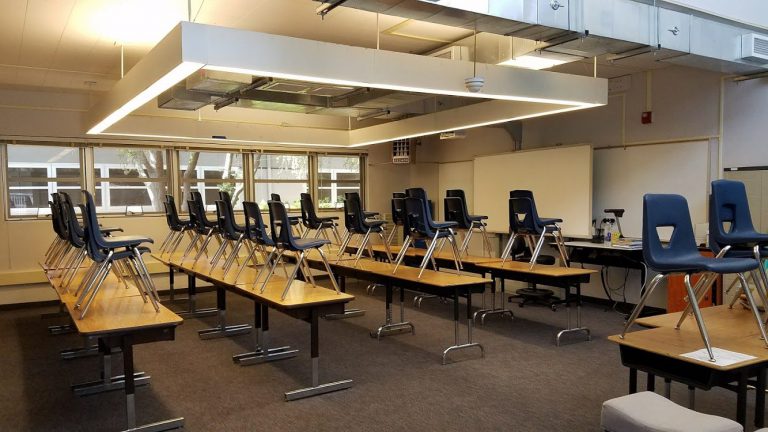

2. Learning Commons
In libraries, we typically have more area space to work with and can craft a variety of ‘learning zones.’ Here is a before and after transformation of a high school library to a “Quest Center.”
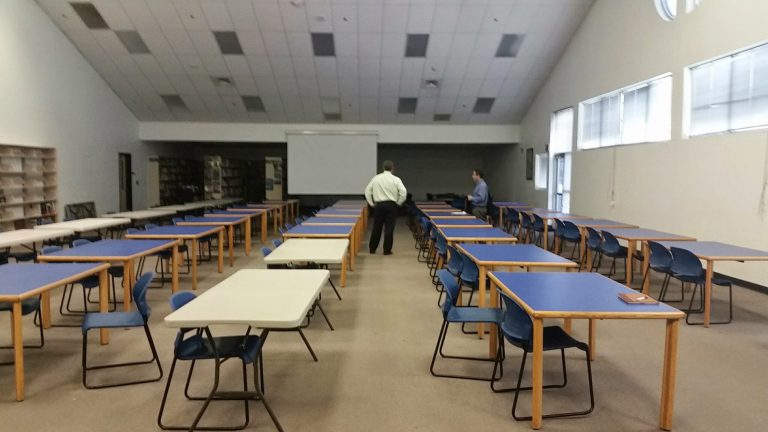
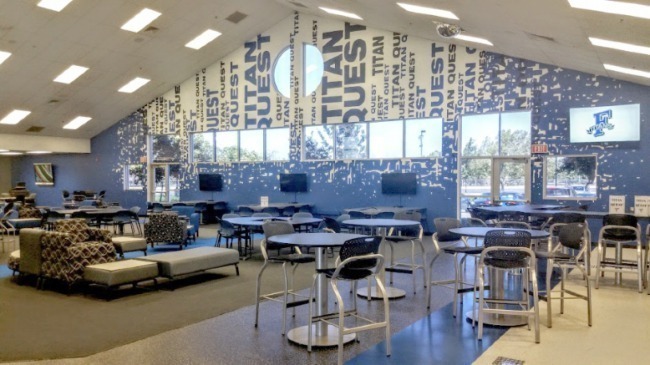
3. Makerspaces
As many makerspaces are created using typical classrooms, schools are now designing makerspaces with a variety of ‘micro making spaces’ within the room. Here’s a staff concept to transformation in repurposing a portable classroom at an elementary school, now called “The Makery.”
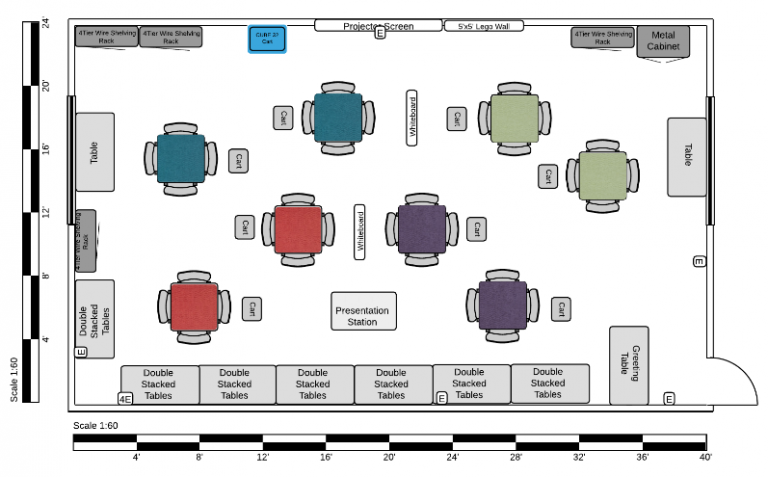
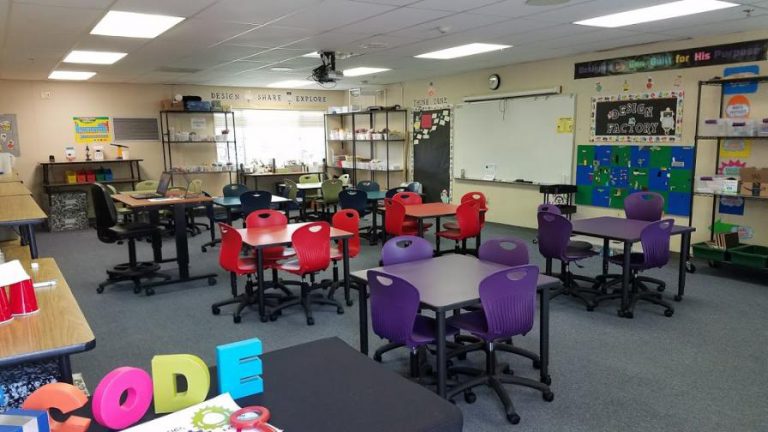
In the 21st century, the term,” learning environment” has itself evolved from an emphasis on learning institutions and reform, to a more personalized emphasis toward student-centered learning and individual creativity within and around the buildings. As a company, it D&D’s mission to help schools craft a variety of learning spaces that enhances everyone’s sensory input, physical movement, and psychological well-being.
In the weeks and months ahead, I will dive deeper into the concepts presented here as we move from the macro big ideas to micro learning space solutions.

0 Comments